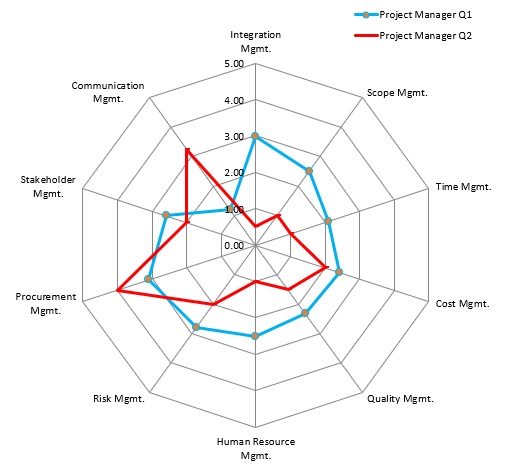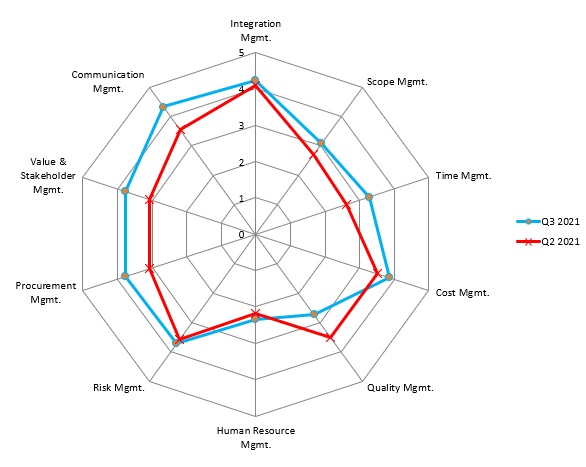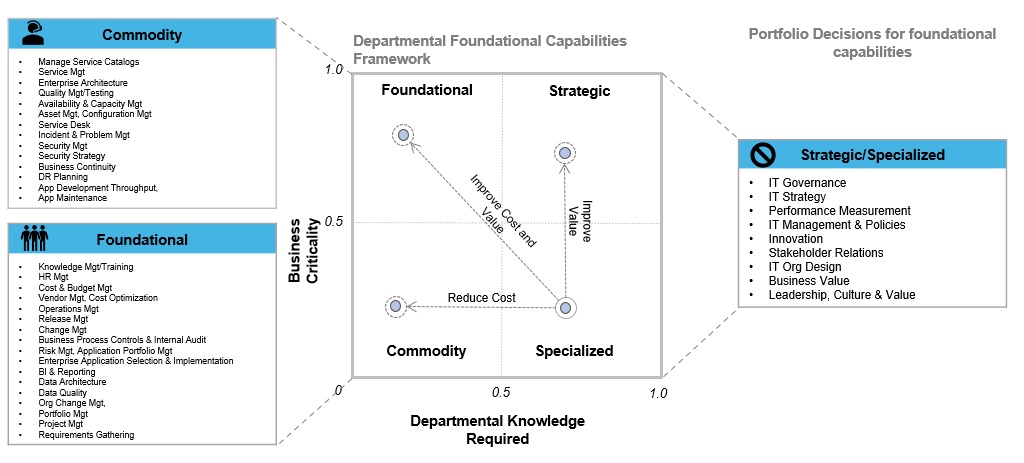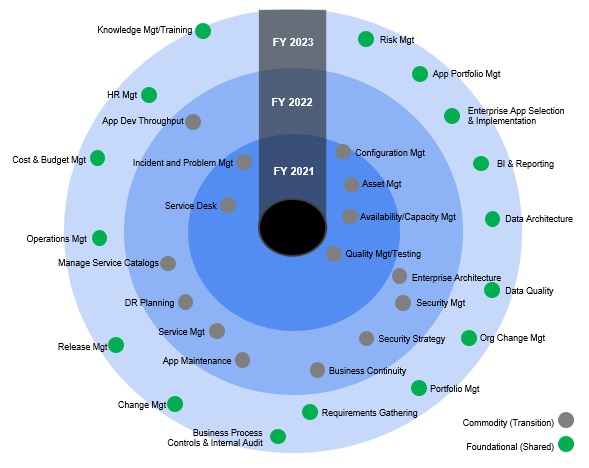Are you doing a lot of proof of concepts, or you’re trying to figure out different ways to optimize your infrastructure and decrease costs?
Hi, I’m Peter Nichol, Data Science CIO. Allow me to share some insights.
What is hyper-converged infrastructure?
Today, we’re going to talk about hyper-converged infrastructure, also known as HCI, what it can do, and the potential benefits.
HCI is a term that I came across over the last couple of weeks. I was curious to get more involved in exactly what it was and its capabilities related to data analytics. I envisioned appliances and other technologies with built-in processors like IBM Netezza (a data warehouse appliance) and others. I was interested in what precisely this hyper-converged infrastructure could potentially achieve.
Hyper-converged infrastructure combines compute storage and networking into a single, virtualized environment. This technology takes advanced compute, RAM, and storage which you’re already familiar with. These are all elements of a hyper-converged infrastructure. You can dynamically configure and allocate compute, RAM-based, and set up different networking configurations based on your needs, all within a single unit.
This single virtualized system uses a software-defined approach to leverage dynamic pools of storage, replacing dedicated hardware.
The benefits of hyper-converged infrastructure?
First, there is less risk of vendor lock-in. The rationale is that you’re not as susceptible to vendor lock-in because you have an easily swapped-out appliance. Second, HCI solutions offer public cloud agility with the control that you probably want from a solution hosted on-prem. Third, considering the total lifetime costs, running an HCI environment doesn’t cost that much because you have compute and storage and networking combined in a single unit.
Hyperconverged storage platforms players
Like many industrial markets, we have large players that control a considerable percentage of this hyper-converged storage platform market. These are the major industry players. Of course, there are hundreds of more niche players, but these staples provide a good starting point to understand the capabilities offered.
Major hardware players
- HPE/SimpliVity
- Dell EMC
- Nutanix
- Pivot3
Major software players
- VMware (vSAN)
- Maxta
HPE, Nutanix, and Pivot3 provide a single virtualized environment that can be leveraged almost out-of-the-box. And when you think about how these really can be optimized, let me give you a couple of different use cases where these are most efficient.
- High throughput analytics: When your business requires high compute capabilities and demand faster compute processing, this type of integrated solution offers many possibilities. Typically, this business case is best applied when heavy data processing needs can benefit from having the storage and compute very close together. This can be a significant advantage for the end-users perception of application and visualization performance.
- Virtualized desktops: Running virtualized desktop often requires a wide range of scalability. Over the weekend, for example, you might run 25% of your normal nodes, whereas, during the week, you might have peak times where you’re running 125% of the average weekly for computing. Based on the number of users and volume of workgroups your enterprise supports, the ability to rapidly scale up and down can be advantageous.
- COTS specifications for performance: much larger out-of-the-box solutions, like SAP or Oracle, typically have pre-determined specifications in terms of computing, storage, and networking that are required to run the environment to performance standards. Using HCI type of environments is a great way to ensure the setup needed for optimal performance. Once the standard specifications are known, you can scale your hyper-converged infrastructure directly to those needs or overbuild to ensure you’ll hit or exceed performance targets/
What’s in the market today for HCI?
There are hundreds of products that offer similar but not the same functionality. Therefore, it’s essential to consider how each technology component extends existing capabilities before adding technology into an already complex ecosystem. All too often, leaders end up adding technologies because they are best-in-class and end up duplicating technologies in their architecture stack that perform near-identical functions.
- Nutanix Acropolis has five key components that make it a complete solution for delivering any infrastructure service:
- StarWind is the pioneer of hyper-convergence and storage virtualization, offering customizable SDS and turnkey (software+hardware) solutions to optimize underlying storage capacity use, ensure fault tolerance, achieve IT infrastructure resilience and increase customer ROI.
- VxRail, As the only fully integrated, preconfigured, and pre-tested VMware hyper-converged infrastructure appliance family on the market, VxRail dramatically simplifies IT operations, accelerates time to market, and delivers incredible return on investment.
- VMware vSAN is a software-defined, enterprise storage solution powering industry-leading hyper-converged infrastructure systems.
- IBM CS821/CS822: IBM Hyperconverged Systems powered by Nutanix is a hyper-converged infrastructure (HCI) solution that combines Nutanix Enterprise Cloud Platform software with IBM Power Systems.
- Cisco HyperFlex: Cisco HyperFlex. Extending the simplicity of hyper-convergence from core to edge and multi-cloud.
- Azure Stack HCI: The Azure Stack is a portfolio of products that extend Azure services and capabilities to your environment of choice—from the data center to edge locations and remote offices. The portfolio enables hybrid and edge computing applications to be built, deployed, and run consistently across location boundaries, providing choice and flexibility to address your diverse workloads.
- Huawei FusionCube BigData Machine is a hardware platform that accelerates the Big Data business and seamlessly connects with mainstream Big Data platforms. The BigData Machine provides the high-density data storage solution and Spark real-time analysis acceleration solution based on Huawei’s innovative acceleration technologies.
Each of these technologies adds something specific in terms of functionality and capability extension. Consider which products are already part of your infrastructure and integrate well with potential new technology additions.
Advantages to running an HCI
Hyper-converged infrastructure can offer companies huge benefits and aren’t all associated with pure performance gains.
First, when using hyper-converged infrastructure, you don’t need as many resources to maintain and support the environment. Second, an HCI environment is less complex and more simplified; this removes the conventional layers of microservices that commonly require technical specialization. Third, by eliminating the need for technology resource specialization, maintenance, support, and enhancement resources decrease, adding to cost savings.
Second, there is a financial benefit by having the compute and storage very close together. Almost always, of course, depends on the specific business case; there will be cost-saving realized from this coupled architecture.
Third, major business transformations can be more easily supported. For example, let’s assume that the business pivots and traffic increases by 40%. Usually, this would be beyond what would be generally supported for elastic growth, and therefore there would be a performance hit. However, because this technology is plug-and-play, it’s easy to swap out an existing appliance for a newer appliance with improved capabilities. Of course, these applications can auto-scale up to a limit, but swapping out appliances is a viable option if that limit is hit.
As you consider starting up proof of concepts (POCs) and exploring different ways to provide value to your business customers, evaluating hyper-converged technologies and infrastructures might be a safe way to ensure that performance guarantees are achieved.
If you found this article helpful, that’s great! Also, check out my books, Think Lead Disrupt and Leading with Value. They were published in early 2021 and are available on Amazon and at http://www.datsciencecio.com/shop for author-signed copies!
Hi, I’m Peter Nichol, Data Science CIO. Have a great day!













